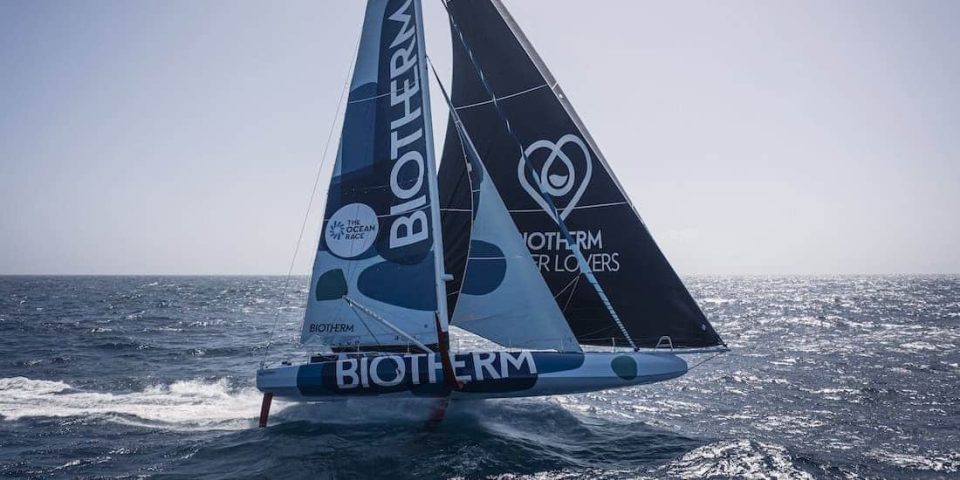Almost 50 years ago, in 1975, Gori Propeller released its first product, a two-blade propeller. Since then, the range has expanded, first with a two-blade Racing propeller, developed in the mid-1990s for boats entered in the Whitbread, then a three-blade propeller, capable of powering engines up to 300 hp, and finally a four-blade.
“Today, with these different products, we work on all markets, multihulls and monohulls”, emphasizes Chloé Le Roux, French representative for the brands of the Danish group BSI Marine Equipment (Gori Propeller, but also Moonlight, Jefa Steering Systems) and Jefa Rudder. She adds: “Gori three-blade and two-blade propellers are found on many cruising boats, while racing boats (one-designs, IRCs) are mainly fitted with two-blade racing propellers, which considerably reduce drag when folded. In the Imoca and Ultim classes, Gori equips 95% of the fleet with this racing propeller, our reputation in these classes is well established.”
Among the users of Scandinavian propellers is Paul Meilhat, skipper of Biotherm, who will take part to the Vendée Globe 2024 from November 10. “Like most of the other sailors in the class, I’m equipped with the Racing two-blade,” he says. “This propeller is very responsive and reliable. When it’s folded up, there’s not a millimetre sticking out, so it’s really important for us to reduce drag as much as possible. Despite the many violent impacts on our boats, it doesn’t move at all. On the Imoca boats, we also have traction tests to validate; we have to develop a certain amount of power going forward, and the Gori Racing easily passes them.”
Well established in Imoca and Ultim – and to a lesser extent in Ocean Fifty – Gori Propeller is now targeting Class40, in which the brand still has little presence. “We lack visibility on this circuit,” confirms Chloé Le Roux, ”but feedback from our partner skippers in this class, Pierre Louis Attwell and Tiphaine Ragueneau, is very satisfying and confirms good potential. In the months and years to come, one of the major challenges will be to make ourselves better known to sailors in classes where we are less present.”
The propeller manufacturer’s development strategies also include work on electric motors. “We’re already active in this area, and our Windelo catamarans, for example, are all equipped with Gori motors. We’re also working with electric motor manufacturers to develop a product based on regeneration,” continues Chloé Le Roux.
Paul Meilhat is also one of the users on his personal boat, a 45-foot cruising catamaran. “I have a hydrid propulsion system, with a combustion engine on one hull and an electric one on the other. Both have a three-blade Gori. On the electric side, the propeller does regeneration, i.e. it produces electricity. I’ve sailed the boat for three seasons, covering 7,000 miles, and I’m really happy with it,” he says. “In ocean racing, electric motors are not yet widely adopted, but the day they are, we’ll be ready,” concludes Chloé Le Roux.
Photo: Anne Beaugé







